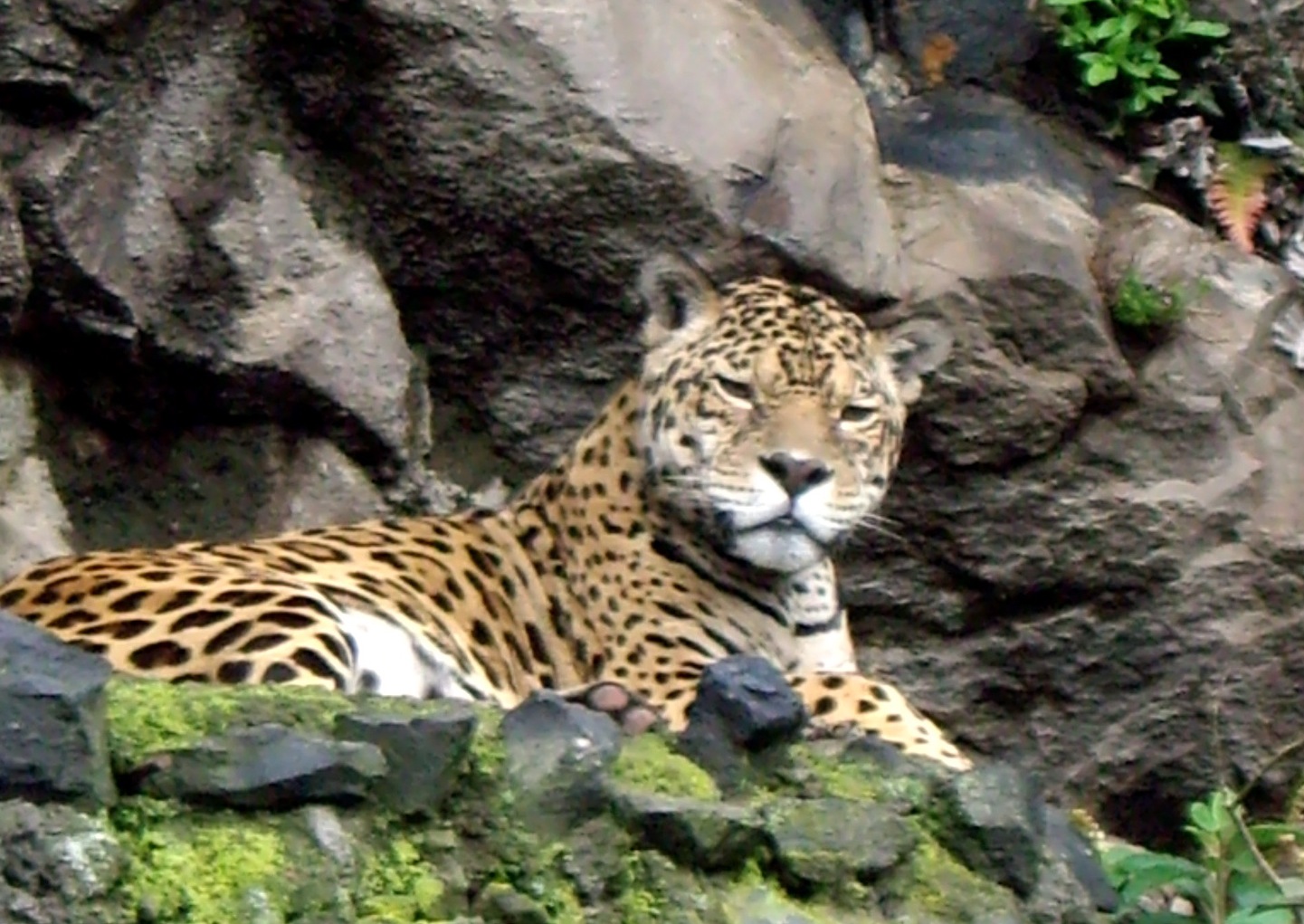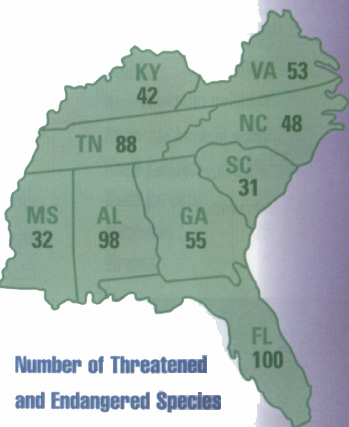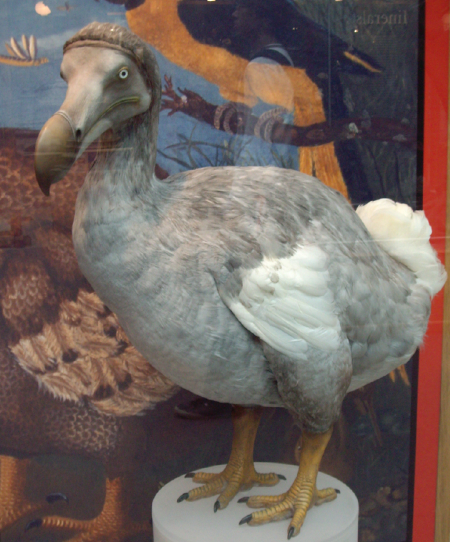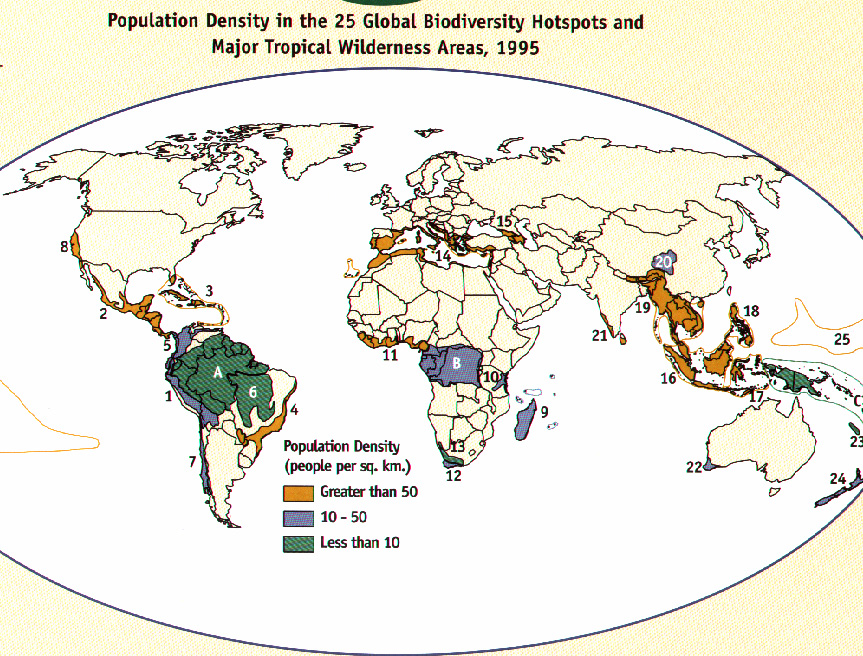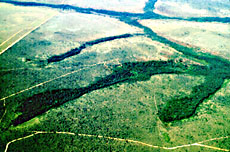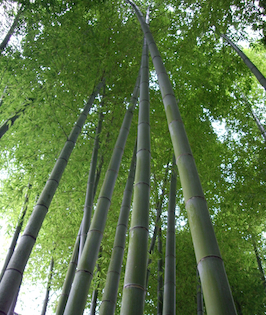Background
“the effort to enlarge productive land will wipe out a large part of the world’s flora and fauna.”
Edward O. Wilson, (2000), The Future of Life
Human use and appropriation of productive land is defined as the ecological footprint
“In short, the Earth has lost its ability to regenerate -- unless global consumption is reduced, or global production is increased, or both”p. 27
“If humanity were to replace the ‘free’ services of the natural economy with substitutes of its own manufacture, the Global GNP would have to be raised by at least $33 trillion.”
“During the 1990s the global catch leveled of at about 909 million tons.”
North Atlantic, Caribbean and Black Sea fisheries have collapsed”Watersheds:
“...forested watersheds capture rainwater and purify it before returning it by gradual runoffs to the lakes and the sea, all for free,”
Edward O. Wilson, (2000), pp, 106-107

| continue |
Atmospheric pollution, biological fragmentation, climate change, and destruction of water quality are diminishing the value of ecological services on public lands where wildlife and fisheries are threatened.
Disturbance, degradation and damage to natural areas due to polluted air, nutrient laden runoff, underground water contamination and acid precipitation are compounding the survival potential of traditionally protected, birds, mammals and fisheries. Each of the impacts is cumulative. Though one or more disturbances may appear insignificant, when viewed in light of poorly designed developments, increasing mobile sources of air pollution and diversion of surface water runoff, the combined influence of each degrading intrusion on wild lands can and often does damage fishery and wildlife populations.
Actions taken in isolation to protect a species here or a land area there are laudable and in the spirit of a national and international conservation ethos. Taken separately the protection of vast areas may appear effective, but wildlife and fishery populations are not indiscriminate dwellers on our lands and in our waters. Instead animals, vegetation fungi and the bacterial relations that support our wildlife and fisheries require specific geographical locations with peculiar water, energy, air and landscape features. Without these requisite conditions the capacity of a place to sustain life is undermined.
"Life operates on only 10% of the sun's energy reaching the earth's surface, that portions fixed by the photosynthesis of green plants."
(p. 36, E. O. Wilson, The Diversity of Life, 1994)

“We already appropriate 40% of the planet’s organic matter produced by green plants.”
(p. 33, Edward O. Wilson, The Future of Life, (2000).


